Using two optically trapped glass nanoparticles, researchers observed a novel collective Non-Hermitian and nonlinear dynamic driven by nonreciprocal interactions. This contribution expands traditional optical levitation with tweezer arrays by incorporating the so called non-conservative interactions.
Tag: Nanoparticles
Rapid Joule-heating synthesis of metal/carbon-based electrocatalysts for efficient carbon dioxide reduction
In comparison with conventional pyrolysis processes, the researchers developed a rapid thermal shock method to achieve a uniform dispersion of metal nanoparticles on carbon supports. This approach effectively prevented nanoparticle aggregation, ensuring the full utilization of active sites.
Gene-editing nanoparticles correct stem cell mutations in cystic fibrosis models
Researchers at UT Southwestern Medical Center developed nanoparticles that successfully edited the disease-causing gene in the lungs of a mouse model of cystic fibrosis (CF), swapping a mutated form with a healthy one that persisted in stem cells. Their findings, reported in Science, could offer hope for people with CF and other debilitating genetic lung diseases.
UTEP Pharmacy Researchers Develop Potential Treatment for Fibrosis
Researchers at The University of Texas at El Paso are developing a new therapeutic approach that uses nanoparticles for the treatment of skin and lung fibrosis, conditions that can result in severe damage to the body’s tissues.
Plant virus treatment shows promise in fighting metastatic cancers in mice
An experimental treatment made from a plant virus is effective at protecting against a broad range of metastatic cancers in mice, shows a new study from the University of California San Diego.

Nanotubes, nanoparticles, and antibodies detect tiny amounts of fentanyl
Using his platform composed of carbon nanotubes and gold nanoparticles, Professor Alexander Star added antibodies to detect the opioid. His sensor can also distinguish fentanyl from several other common opioids.
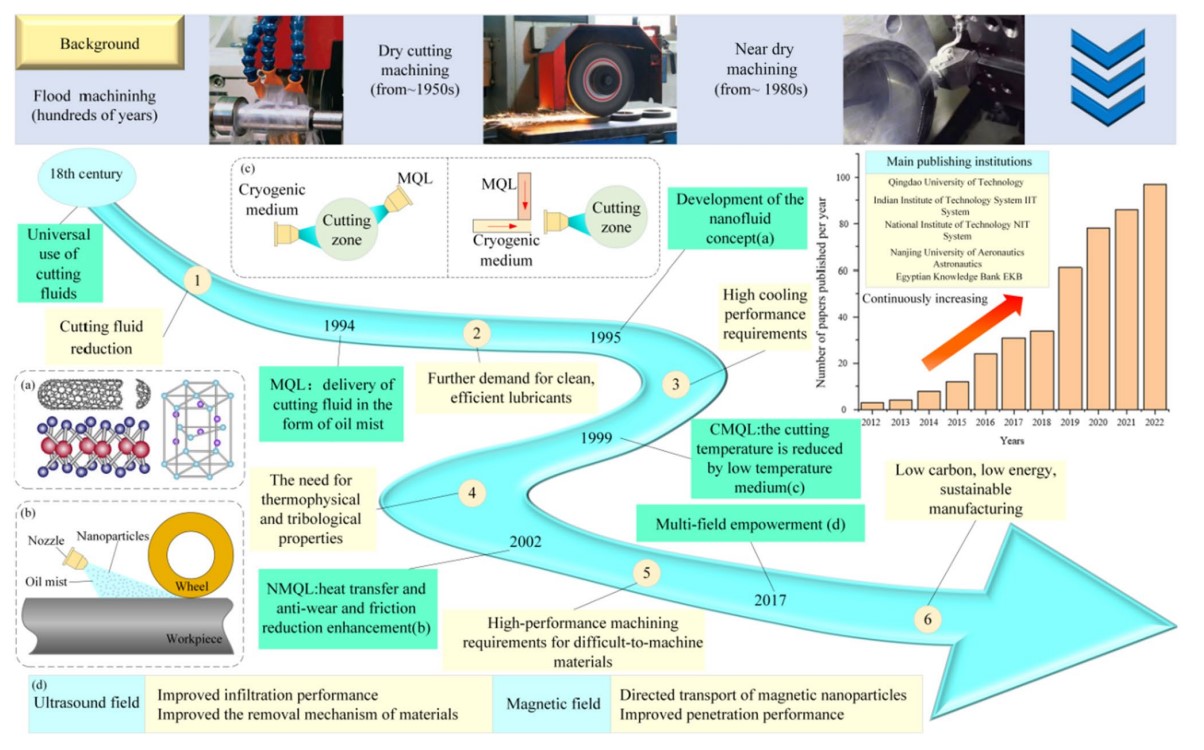
Eco-friendly nanobiolubricants set to transform industrial grinding practices
A review recently published underscores substantial advancements in employing nanobiolubricants within grinding operations, presenting a sustainable and efficient methodology that perfectly combines environmental awareness with enhanced industrial performance. This approach promises to set new standards in manufacturing processes by optimizing resource efficiency and minimizing ecological impact.
Liquid crystal nanoparticles supercharge antibiotics for cystic fibrosis
Cystic fibrosis is the most common, life-limiting genetic condition in Australia. It affects the lungs, digestive system, and reproductive system, producing excess mucus, infections, and blockages.
Nanoparticles developed at UTSW effectively fight tumors
A nanoparticle-based therapy developed by UT Southwestern Medical Center scientists stimulated an immune pathway that eradicated tumors in mouse models of various cancer types. Their findings, published in Science Immunology, offer a new way to potentially harness the power of the body’s immune system against cancer.
You may be breathing in more tiny nanoparticles from your gas stove than from car exhaust
Cooking on your gas stove can emit more nano-sized particles into the air than vehicles that run on gas or diesel, possibly increasing your risk of developing asthma or other respiratory illnesses, a new Purdue University study has found.
RUDN agronomist treated fungal disease of bananas with green silver nanoparticles
RUDN University agronomist and colleagues from Iran obtained environmentally friendly silver nanoparticles from paulownia fruit. They have proven to be an effective remedy against a fungus that affects bananas and other fruit crops.
A step to prevent opioid overdose deaths with light-activated naloxone treatment
In a proof-of-concept in ACS’ Nano Letters, a team has designed injectable nanoparticles that released naloxone ― which rapidly reverses opioid overdose effects ― when triggered by blue light. In experiments with mice, this system was activated a month after injection.
‘Plug and play’ nanoparticles could make it easier to tackle various biological targets
UC San Diego engineers have developed modular nanoparticles that can be easily customized to target different biological entities such as tumors, viruses or toxins. The surface of the nanoparticles is engineered to host any biological molecules of choice, making it possible to tailor the nanoparticles for a wide array of applications, ranging from targeted drug delivery to neutralizing biological agents.
Nanoparticle vaccine could curb cancer metastasis to lungs by targeting a protein
UC San Diego engineers have developed an experimental vaccine that could prevent the spread of metastatic cancers to the lungs. Its success lies in targeting a protein known to play a central role in cancer growth and spread, rather than targeting the primary tumor itself.
Tiny nanocarriers could prove the magic bullet for acne sufferers
Acne is a skin disorder that makes life miserable for around 800 million teenagers and adults worldwide, but Australian scientists may have found an effective treatment for sufferers, delivered via tiny nanoparticles.
A Nickle-Platinum Nanoscale Core with a Platinum Shell Cracks Oxygen Molecules into Useful Ions
Researchers have modified the surface of nickel-platinum nanoparticles to improve their ability to act as catalysts to make reactive oxygen ions. Using a specialized X-ray scattering imaging technique, the researchers examined the modified nanoparticles and discovered a platinum-rich outer layer.
Metal-filtering sponge removes lead from water
Northwestern University engineers have developed a new sponge that can remove metals — including toxic heavy metals like lead and critical metals like cobalt — from contaminated water, leaving safe, drinkable water behind.
Silver nanoparticles spark key advance in thermoelectricity for power generation
An international team of scientists led by a University of Houston physicist and several of his former students has reported a new approach to constructing the thermoelectric modules, using silver nanoparticles to connect the modules’ electrode and metallization layers.
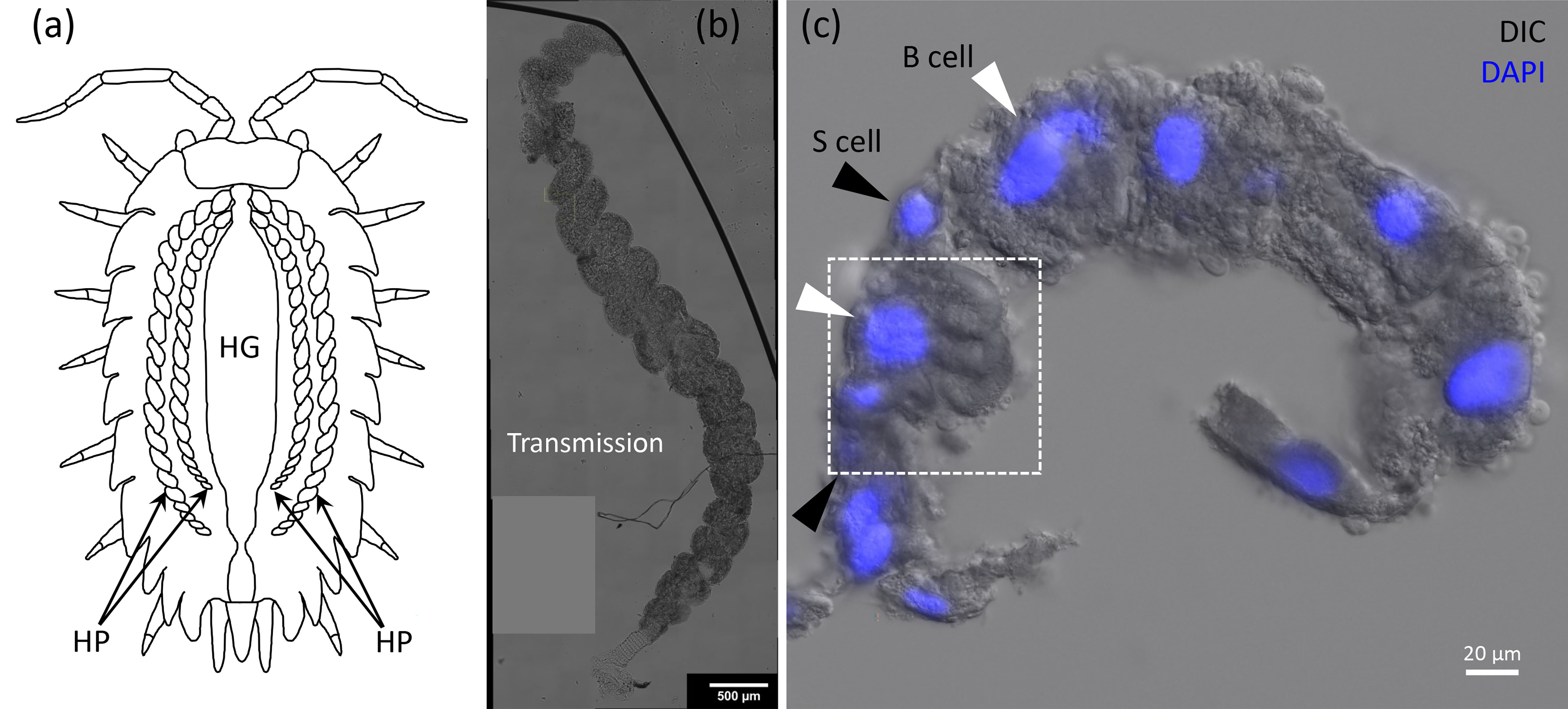
The Roly-Poly Gold Rush
In Applied Physics Letters, researchers in the U.K. introduce a novel imaging method to detect gold nanoparticles in woodlice. Their method, known as four-wave mixing microscopy, flashes light that the gold nanoparticles absorb. The light flashes again and the subsequent scattering reveals the nanoparticles’ locations. With information about the quantity, location, and impact of gold nanoparticles within the organism, scientists can better understand the potential harm other metals may have on nature.
Two-dimensional nanoparticles with great potential
Hydrogen is considered an environmentally friendly alternative to conventional fossil fuels.
Health risk of graphene residues investigated
Empa researchers have studied residues from the incineration of graphene-containing plastics. Conclusion of the study: Burned composite materials containing graphene nanoparticles can be considered harmless in case of acute exposure.
How a Record-Breaking Copper Catalyst Converts CO2 Into Liquid Fuels
Since the 1970s, scientists have known that copper has a special ability to transform carbon dioxide into valuable chemicals and fuels. But for many years, scientists have struggled to understand how this common metal works as an electrocatalyst, a mechanism that uses energy from electrons to chemically transform molecules into different products.
Scientists find inorganic food additives might make babies more vulnerable to allergies
Nanotechnologies have revolutionized food technology with changes to food production, manufacture, and processing that are intended to make our food safer and healthier.
FAU Receives U.S. Department of Defense Grant for Powerful Imaging Tool
Transmission Electron Microscopy is essential for studying the micro- and nanostructure of inorganic, organic and hybrid materials. In inorganic samples, the instrument reveals the orientation and internal structure of crystal lattices down to individual atoms, as well as defects, such as dislocations or
grain boundaries. Transmission Electron Microscopy is the preferred method to directly measure the size, grain size, size distribution, and morphology of nanomaterials.
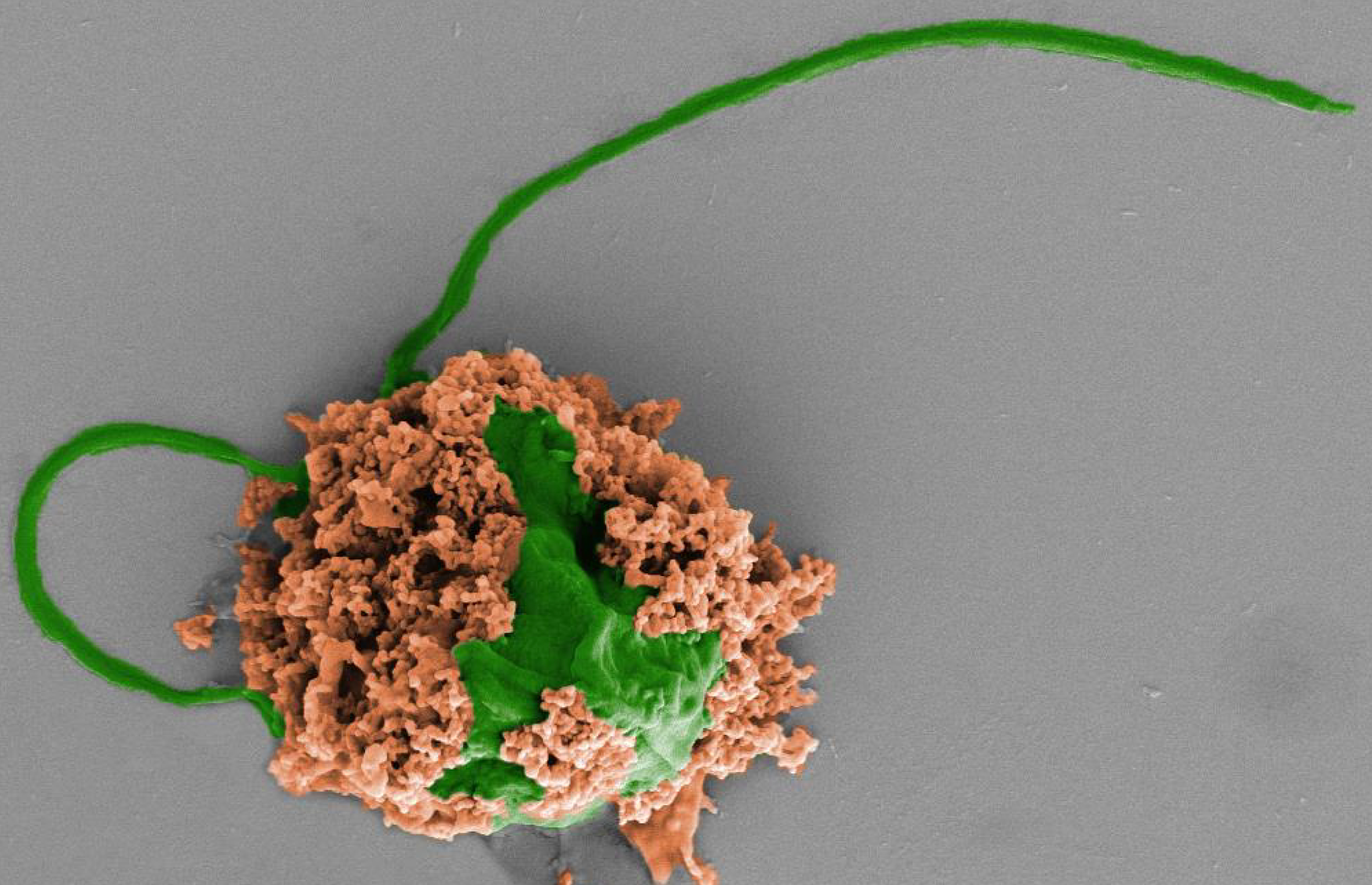
Tiny swimming robots treat deadly pneumonia in mice
UC San Diego engineers have developed microscopic robots, called microrobots, that can swim around in the lungs, deliver medication and be used to clear up life-threatening cases of bacterial pneumonia. In mice, the microrobots safely eliminated pneumonia-causing bacteria in the lungs and resulted in 100% survival. By contrast, untreated mice all died within three days after infection.
Metamaterial significantly enhances the chiral nanoparticle signals
The left hand looks like the right hand in the mirror but the left-handed glove does not fit on the right hand.
These fridge-free COVID-19 vaccines are grown in plants and bacteria
Nanoengineers at the University of California San Diego have developed COVID-19 vaccine candidates that can take the heat. Their key ingredients? Viruses from plants or bacteria.
This crystal impurity is sheer perfection
Scientists at Berkeley Lab and UC Berkeley have developed a nanoparticle composite that grows into 3D crystals. The new 3D-grown material could speed up production and eliminate errors in the mass manufacturing of nanoscale photonics for smart buildings or actuators for robotics.
A Keen Eye Behind the Microscope
PNNL’s Dongsheng Li’s crystal formation research helped reveal why nanoparticles sometimes self-assemble into five-sided shapes. The discovery will potentially be useful in medical research, electronics, and other applications.
Shiny mega-crystals that build themselves
An international team led by Empa and ETH Zurich researchers is playing with shape-engineered nanoscale building blocks that are up to 100-times larger than atoms and ions. And although these nano “Lego bricks” interact with each other with forces vastly different and much weaker than those holding atoms and ions together, they form crystals all by themselves, the structures of which resemble the ones of natural minerals. These new mega-crystals or superlattices that are depicted on the cover of the latest issue of “Nature” exhibit unique properties such as superfluorescence – and may well usher in a new era in materials science
Silver Attacks Bacteria, Gets ‘Consumed’
As antibiotic-resistant bacteria become more prevalent, silver has seen steep growth in its use in things like antibacterial coatings. Still, a better understanding can provide clues on how to best apply it. In Chemical Physics Reviews, researchers monitored the interaction of silver nanoparticles with a nearby E. coli culture and found the silver undergoes several dramatic changes. Most notably, the E. coli cells caused substantial transformations in the size and shape of the silver particles.
OU Researcher Receives 2021 NSF CAREER Award
The NSF awarded Stefan Wilhelm a $761,727 CAREER award to continue his research in nanotechnology, which assists in the diagnosis and treatment of diseases such as cancer. Wilhelm’s work focuses on individual nanoparticles – which are about 1,000 times smaller than the diameter of a human hair – and how they interact with the body’s cells.
Magnetic Nanoparticles Pull Valuable Elements from Water Sources
Earth-friendly process may help make critical materials sourcing economically feasible in the U.S.
nanoComposix completes ISO13485:2016 Certification for Quality Management System
nanoComposix is proud to announce the successful expansion of its Quality Management System (QMS) to include ISO 13485:2016 certification.

Scientists Use Lipid Nanoparticles to Precisely Target Gene Editing to the Liver
Scientists developed a highly efficient, targeted method for delivering gene editing machinery to specific tissues and organs, demonstrating the treatment of high cholesterol by targeting genes in the liver of mice, reducing cholesterol for over 3 months (and potentially more) with one treatment
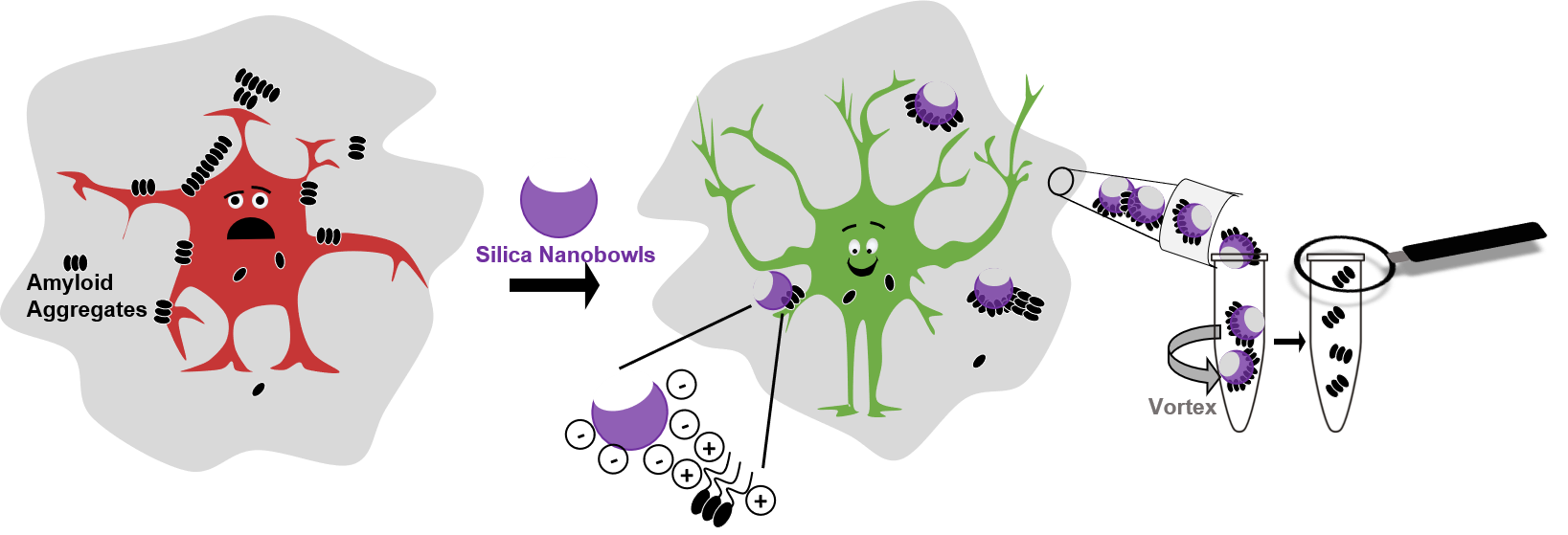
Nanoparticles Help Untangle Alzheimer’s Disease Amyloid Beta Plaques
ROCKVILLE, MD – Scientists are still a long way from being able to treat Alzheimer’s Disease, in part because the protein aggregates that can become brain plaques, a hallmark of the disease, are hard to study.
An mRNA vaccine for cancer immunotherapy
Researchers reporting in ACS’ Nano Letters have developed a hydrogel that, when injected into mice with melanoma, slowly released RNA nanovaccines that shrank tumors and kept them from metastasizing.
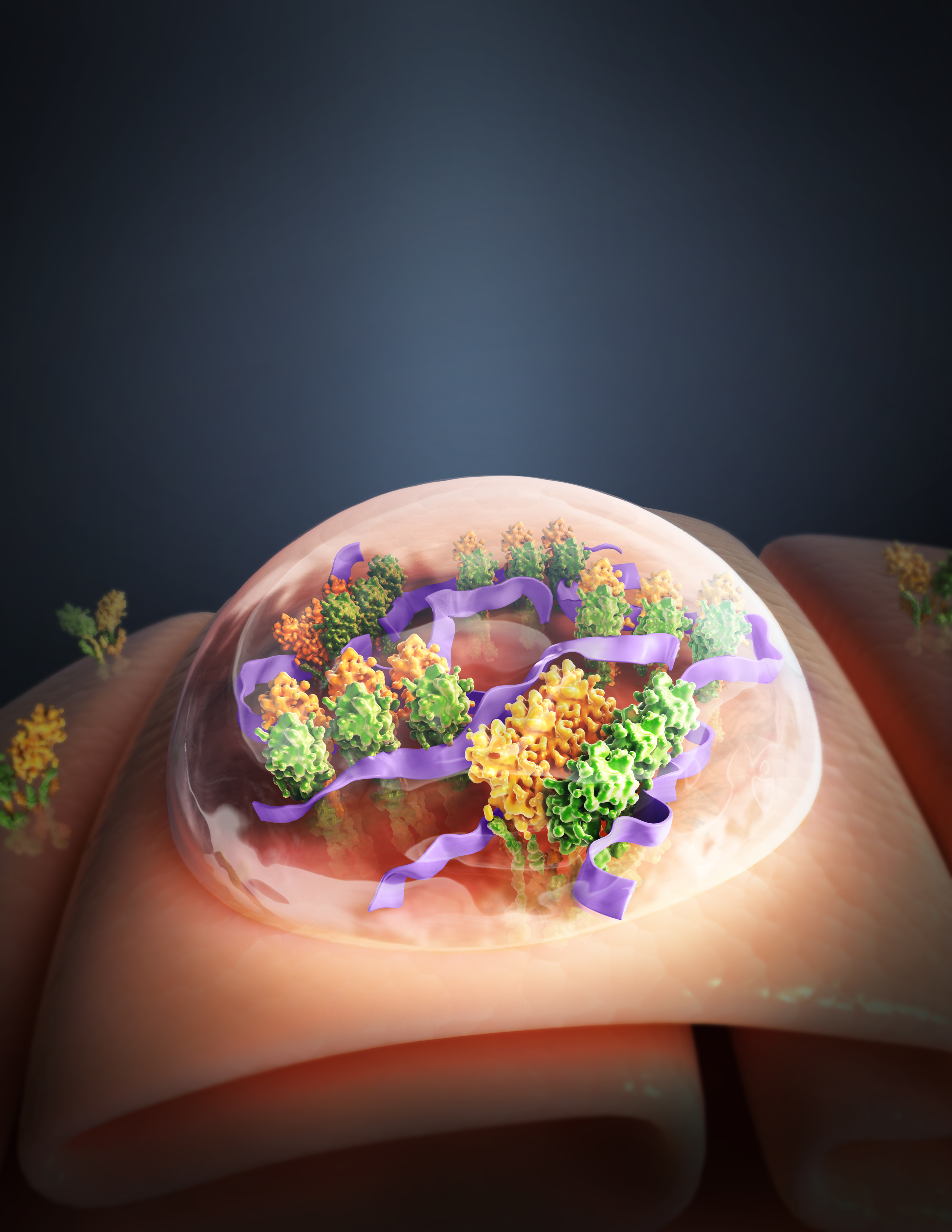
STINGing Tumors With Nanoparticles
DALLAS – Feb. 8, 2021 – A new nanoparticle-based drug can boost the body’s innate immune system and make it more effective at fighting off tumors, researchers at UT Southwestern have shown. Their study, published in Nature Biomedical Engineering, is the first to successfully target the immune molecule STING with nanoparticles about one millionth the size of a soccer ball that can switch on/off immune activity in response to their physiological environment.
Virus-like probes could help make rapid COVID-19 testing more accurate, reliable
Nanoengineers at the University of California San Diego have developed new and improved probes, known as positive controls, that could make it easier to validate rapid, point-of-care diagnostic tests for COVID-19 across the globe. The advance could help expand testing to low-resource, underserved areas.
Exploring Blended Materials Along Compositional Gradients
A new platform could accelerate the development of blended materials with desired properties.
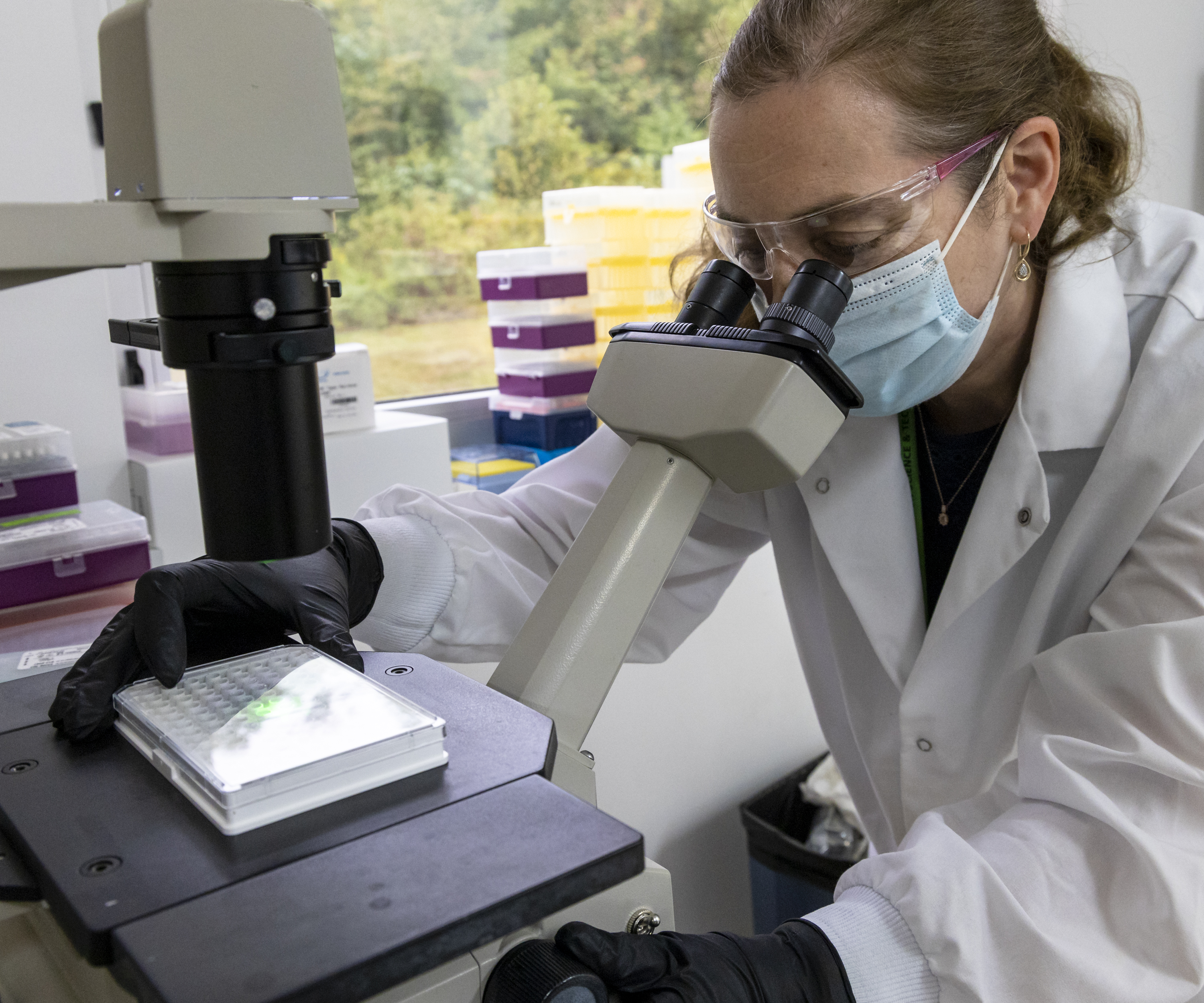
ORNL researcher studies individualized isotopes’ impact by targeting cancer
A radioisotope researcher in the Radioisotope Science and Technology Division at the Department of Energy’s Oak Ridge National Laboratory, Davern is focusing on ways to use nanoparticles — particles 100 nanometers or smaller that can have special properties — to contain those radioisotopes and deliver them directly to cancer cells, where they can decay into different isotopes that irradiate those cells.
Calcium bursts kill drug-resistant tumor cells
Researchers reporting in ACS’ Nano Letters have developed nanoparticles that release bursts of calcium inside tumor cells, inhibiting drug pumps and reversing MDR.
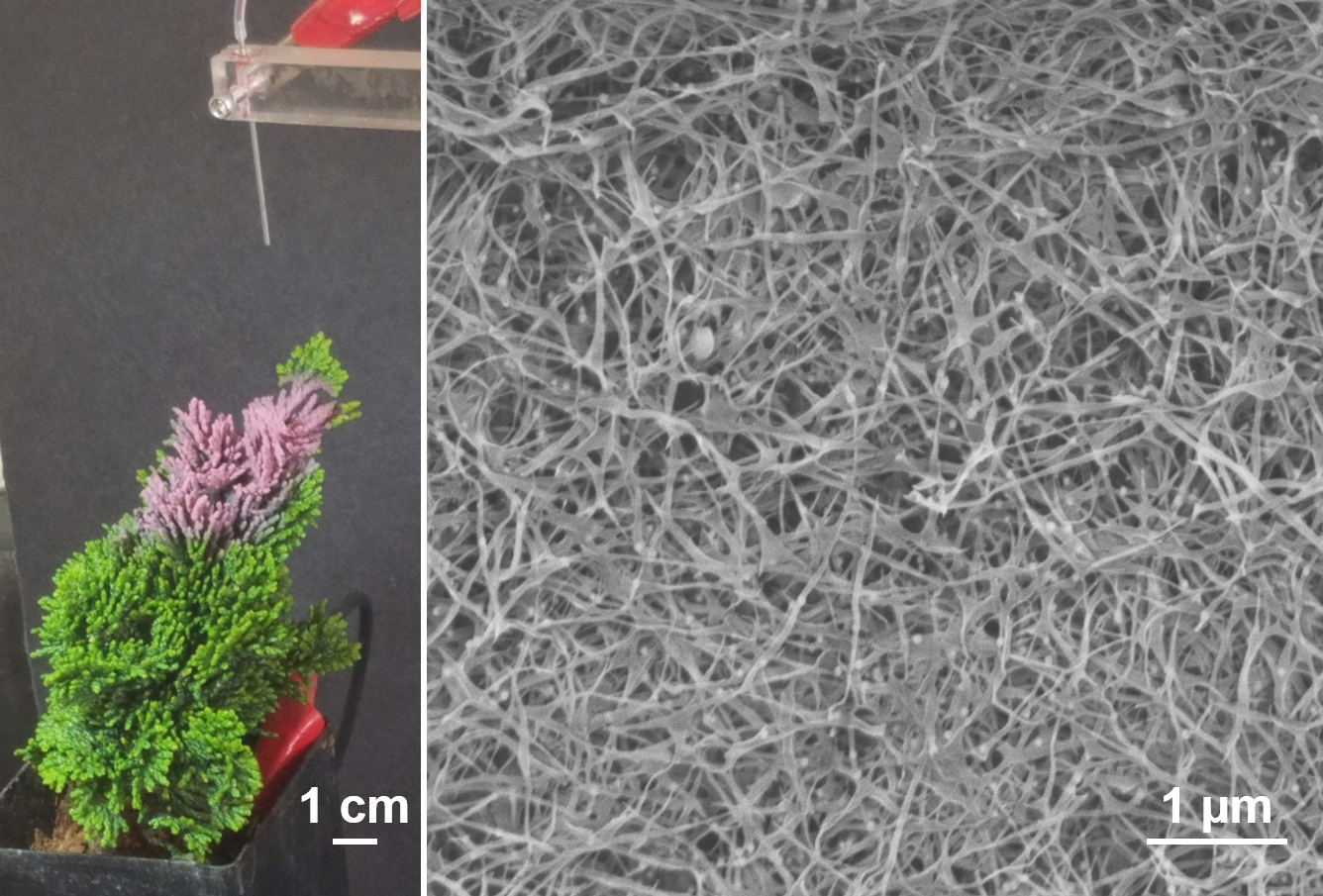
Plant-Based Spray Could be Used in N95 Masks and Energy Devices
Engineers have invented a way to spray extremely thin wires made of a plant-based material that could be used in N95 mask filters, devices that harvest energy for electricity, and potentially the creation of human organs. The method involves spraying methylcellulose, a renewable plastic material derived from plant cellulose, on 3D-printed and other objects ranging from electronics to plants, according to a Rutgers-led study in the journal Materials Horizons.
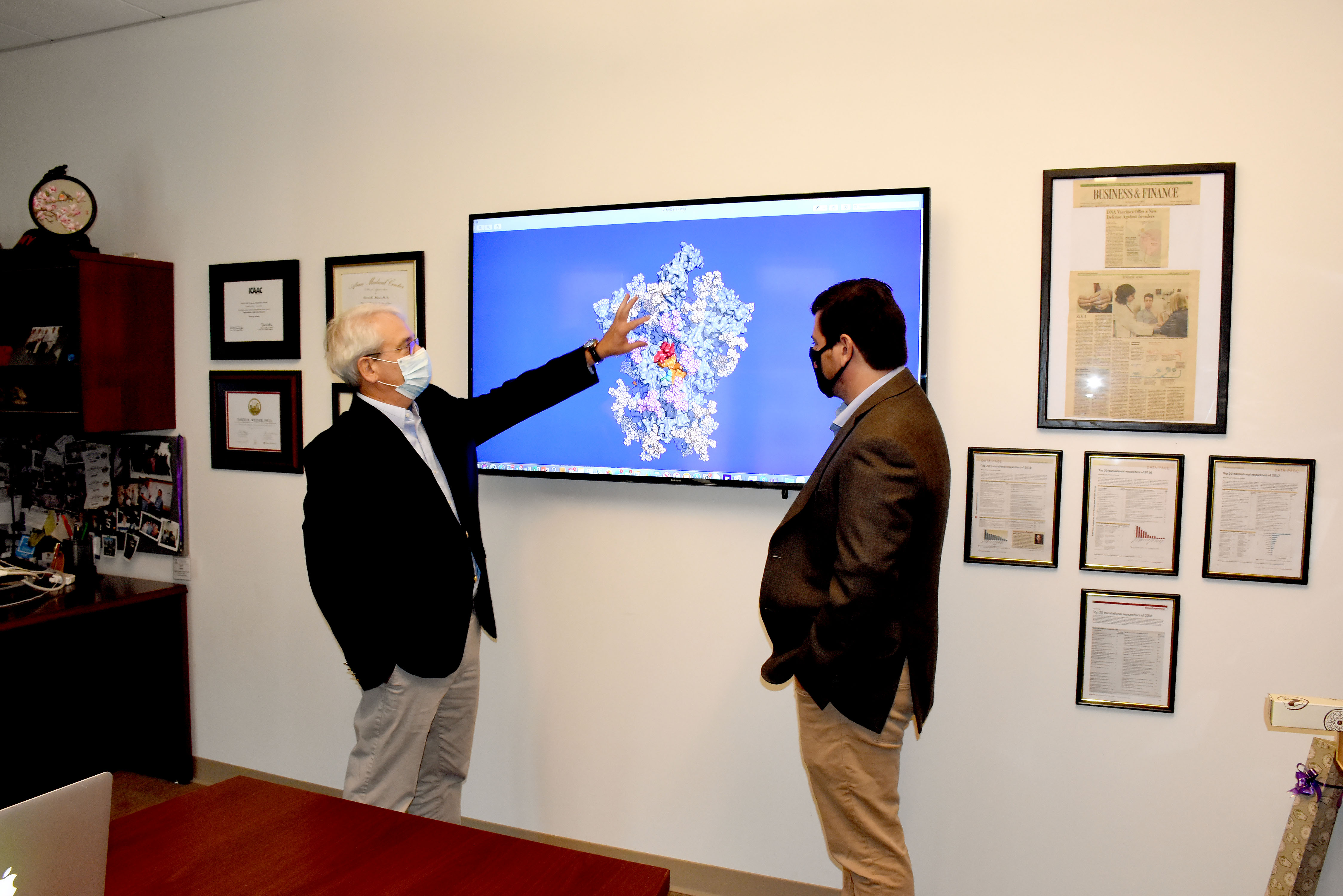
Scientists Engineer DNA-based Nanotechnology to Stimulate Potent Antitumor Immune Responses in Preclinical Models
Combining their expertise in protein engineering and synthetic DNA technology, Wistar scientists successfully delivered nanoparticle antitumor vaccines that stimulated robust CD8 T cell immunity and controlled melanoma growth in preclinical models.
Experimental vaccine that boosts antigen production shows promise against COVID-19
A bioengineering technique to boost production of specific proteins could be the basis of an effective vaccine against the novel coronavirus that causes COVID-19, new research suggests.
Tiny engineered therapeutic delivery system safely solves genetic problems in mice
Researchers report in Science Advances that the lipid-based nanoparticles they have engineered, carrying two sets of protein-making instructions, showed in animal studies that they have the potential to function as therapies for two genetic disorders.
Researchers describe nanoparticles behavior in vivo
Nanoparticles are actively employed in medicine as contrast agents as well as for diagnosis and therapy of various diseases. However, the development of novel multifunctional nanoagents is impeded by the difficulty of monitoring their blood circulation. Researches from the Moscow Institute of Physics and Technology, the Shemyakin-Ovchinnikov Institute of Bioorganic Chemistry of RAS, Moscow Engineering Physics Institute, Prokhorov General Physics Institute of RAS, and Sirius University have developed a new noninvasive method of nanoparticle measurement in the bloodstream that boasts a high time resolution. This technique has revealed the basic parameters that affect particle lifetime in the bloodstream, which may potentially lead to discovery of new, more effective nanoagents to be used in biomedicine.
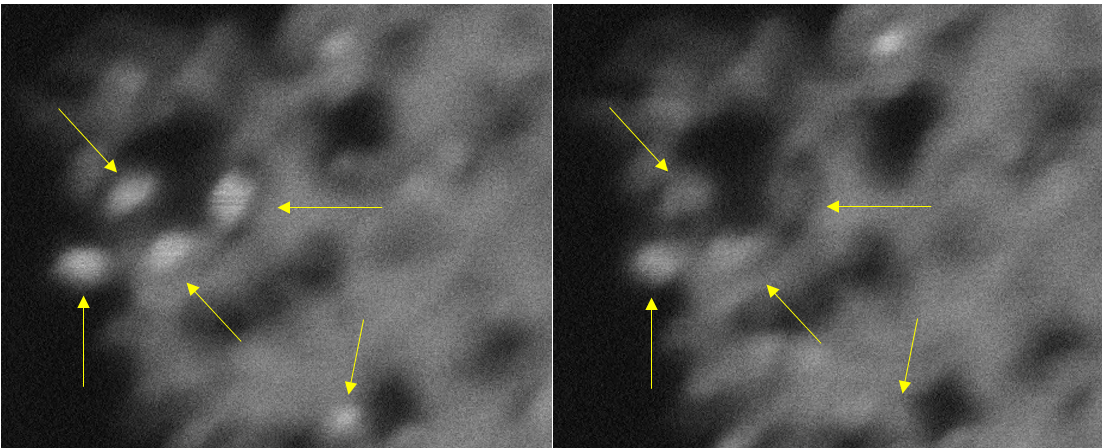
‘Blinking” Crystals May Convert CO2 into Fuels
Imagine tiny crystals that “blink” like fireflies and can convert carbon dioxide, a key cause of climate change, into fuels. A Rutgers-led team has created ultra-small titanium dioxide crystals that exhibit unusual “blinking” behavior and may help to produce methane and other fuels, according to a study in the journal Angewandte Chemie. The crystals, also known as nanoparticles, stay charged for a long time and could benefit efforts to develop quantum computers.
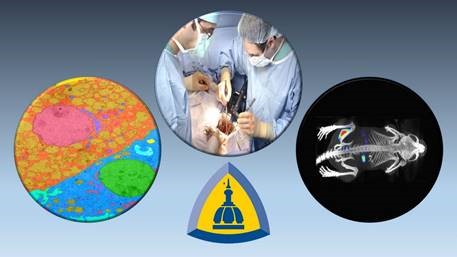
Research News Tip Sheet: Story Ideas from Johns Hopkins Medicine
During the COVID-19 pandemic, Johns Hopkins Medicine Media Relations is focused on disseminating current, accurate and useful information to the public via the media. As part of that effort, we are distributing our “COVID-19 Tip Sheet: Story Ideas from Johns Hopkins” every Tuesday throughout the duration of the outbreak.
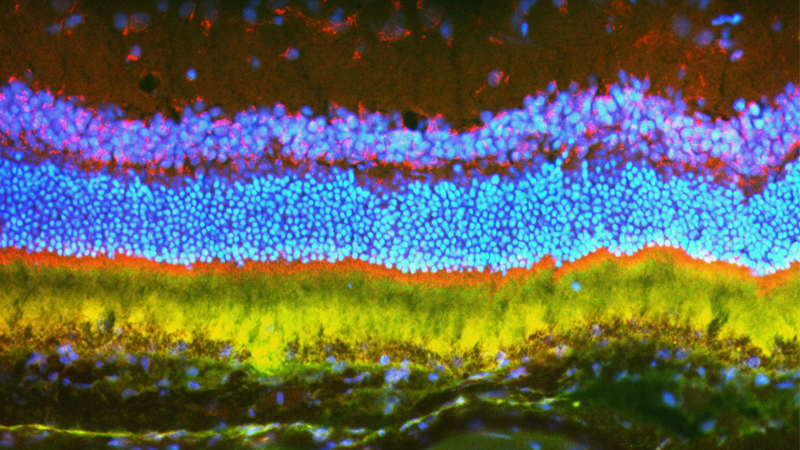
Scientists Use Nanoparticle-Delivered Gene Therapy to Inhibit Blinding Eye Disease in Rodents
Scientists use nanoparticle-delivered gene therapy to limit blinding retinal disease in rodents.